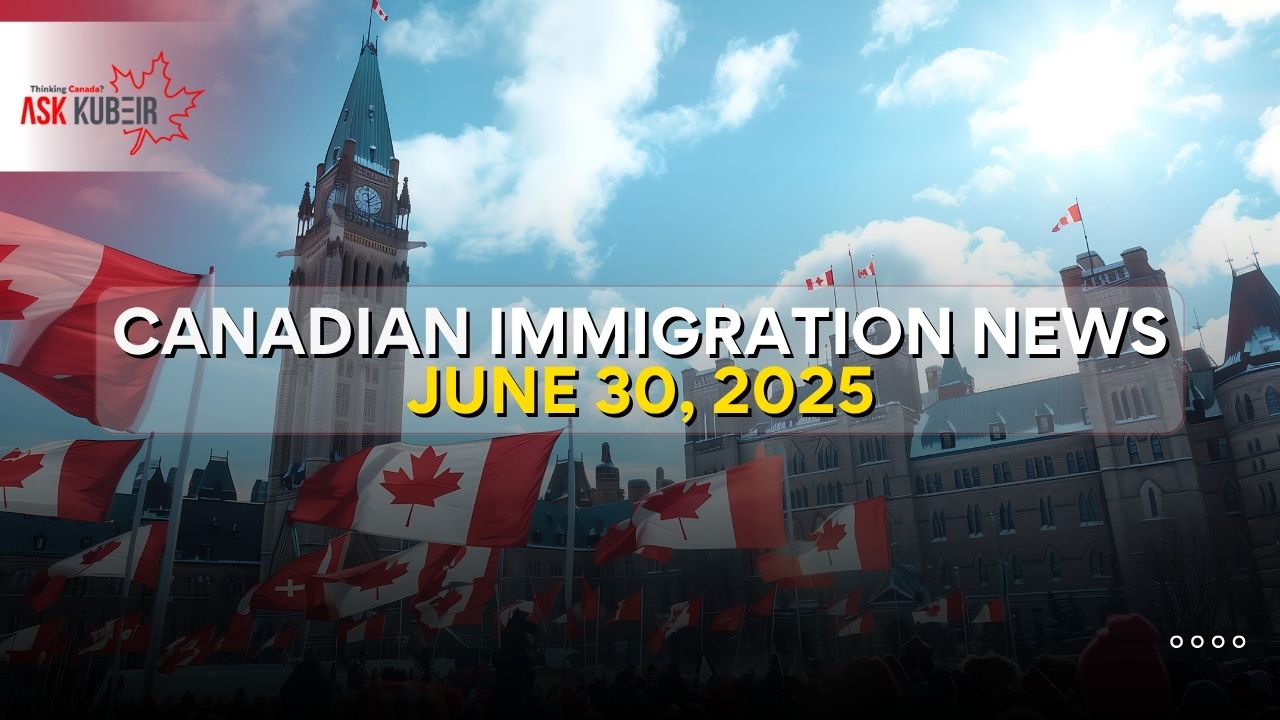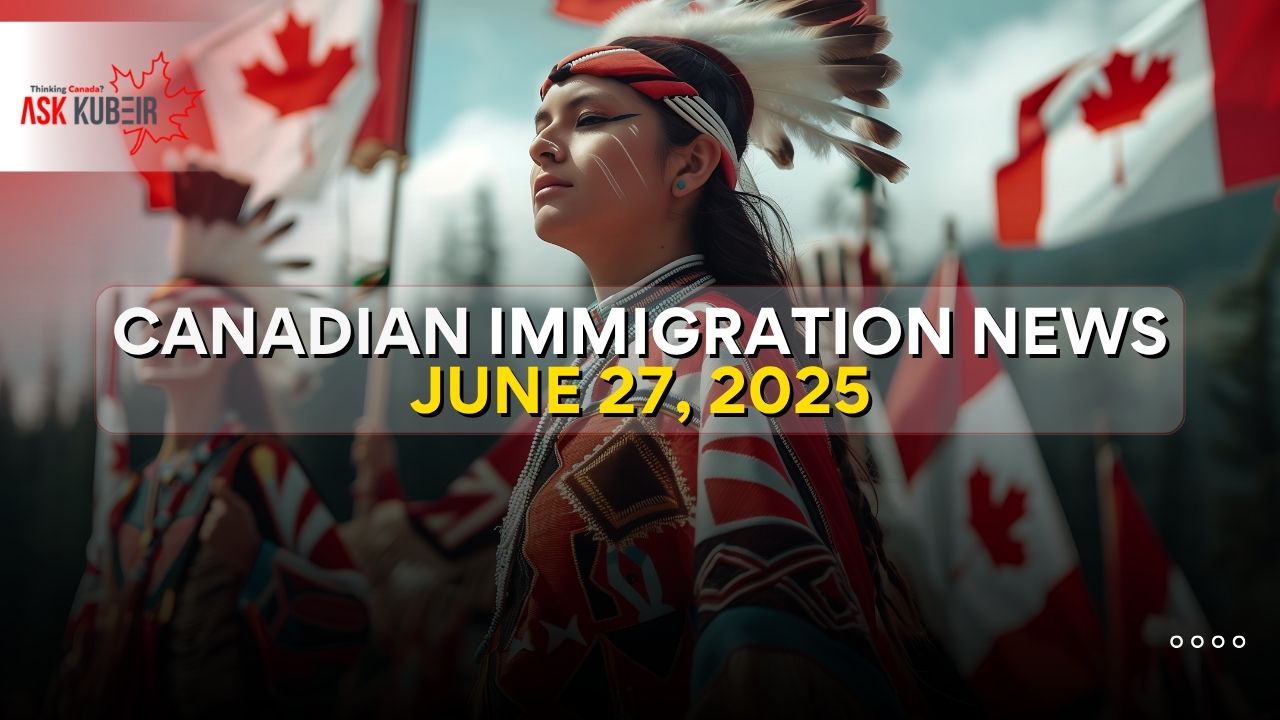
Related Post







Facts about Biometrics
In 2018, Canada intends to expand its biometrics program to all foreign nationals applying for a visitor visa, a study or work permit (excluding U.S. nationals), and to all those applying for permanent residence.
Canada currently collects biometrics from in-Canada refugee claimants and overseas refugee resettlement applicants, individuals ordered removed from Canada and individuals from 30 foreign nationalities applying for a temporary resident visa, work permit, or study permit.
Who will need to give fingerprints and photo (biometrics)?
Everyone who applies for:
- a visitor visa
- a work or study permit (excluding U.S. nationals)
- permanent residence, or
- refugee or asylum status
Depending on your nationality, you may need to give your biometrics as soon as this summer
- Starting July 31, 2018 – applicants from Europe, Middle East and Africa
- Starting December 31, 2018 – applicants from Asia, Asia Pacific and the Americas
There are some exemptions:
- Canadian citizens, citizenship applicants (including passport applicants), or existing permanent residents
- visa-exempt nationals coming to Canada as tourists who hold a valid Electronic Travel Authorization (eTA)
- children under the age of 14
- applicants over the age of 79 (there is no upper age exemption for asylum claimants)
- heads of state and heads of government
- cabinet ministers and accredited diplomats of other countries and the United Nations, coming to Canada on official business
- U.S. visa holders transiting through Canada
- refugee claimants or protected persons who have already provided biometrics and are applying for a study or work permit
- temporary resident applicants who have already provided biometrics in support of a permanent resident application that is still in progress
Temporary exemption: Applying in Canada
If you are applying for a visa, study or work permit, or permanent residence in Canada – you are exempt until the in-Canada service is established.
How often you need to give your fingerprints and photo
Visitor visa, study and work permit applicants
You only need to give your biometrics once every 10 years.
If you have a valid visitor visa, or a study or work permit, and you gave your biometrics in the past, your biometrics are valid from the date you gave your biometrics for a period of 10 years. You do not need to give your biometrics until the 10-year period expires.
Permanent residence applicants
You will need to give your biometrics and pay the fee, regardless of whether you gave your biometrics in the past to support a visitor visa, study or work permit application, or a different permanent resident application.
How much it costs
- Individual applicants: CAD$85
- Families applying together at the same time: maximum total fee of CAD$170
- Groups of 3 or more performing artists and their staff who apply for work permits at the same time: maximum total fee of CAD$255
Why the Government of Canada collects biometrics
Biometrics collection is recognized globally as a reliable, accurate tool for establishing identity. More than 70 countries around the world are using biometrics in their immigration programs.
Biometrics collection allows the Government of Canada to effectively manage identity, facilitate application processing and simplify entry for travellers with legitimate identities. It helps deter, detect and stop the entry of those who pose a risk to the health, safety, and security of Canadians.
Make sure you need to give your biometrics
- If you apply for the first time, you need to give your biometrics unless you are exempt
- If you gave them before as part of an application for a visitor visa, study or work permit
- your biometrics data is probably still valid
- if so, you don’t have to give your biometrics again for a new application
Go to an official location to give your biometrics
Once you receive the letter from us that says you need biometrics, you have to go in person to an official biometrics collection service location.
Outside Canada
- Application Support Centers across the United States
- Visa Application Centres (VACs) around the world
- you must schedule an appointment at the VAC first
- VACs are managed by private companies who are approved to provide specific services to ICCRC applicants
Canadian port of entry
- Only available for
- asylum claimants, and
- work or study permit applicants who are eligible to apply at the port of entry
In Canada
- If you are applying for a visa, study or work permit or permanent residence in Canada – you are exempt until the in-Canada service is established in 2019.
How the Government of Canada uses collected biometrics
Biometrics will provide immigration officers with additional information to help make decisions on a person’s admissibility and by simplifying the travel of low-risk individuals.
The fingerprints are stored by the Royal Canadian Mounted Police (RCMP) on the National Repository and checked against its immigration and criminal records. The biometric check confirms if someone applied to enter Canada before using the same or a different identity has a previous Canadian criminal record, or has been removed from Canada before.
Biometrics-based information sharing with the U.S., Australia, New Zealand and the United Kingdom will further support the integrity of Canada’s immigration system, in a manner that respects Canada’s privacy laws, civil liberties and human rights commitments, including the Canadian Charter of Rights and Freedoms.
At the border, the Canada Border Services Agency will be able to quickly and accurately confirm whether a traveller’s identity is legitimate. This will contribute to more efficient and timely entry for travellers.
At 8 major Canadian airports, fingerprint verification will be automatically conducted at a primary inspection kiosk.
At other airports and land ports of entry, discretionary fingerprint verification will be conducted by a border services officer upon referral to secondary inspection, where the traveller’s identity will be verified to ensure that the person seeking entry to Canada is the same person who was approved overseas.
Why Biometrics?
